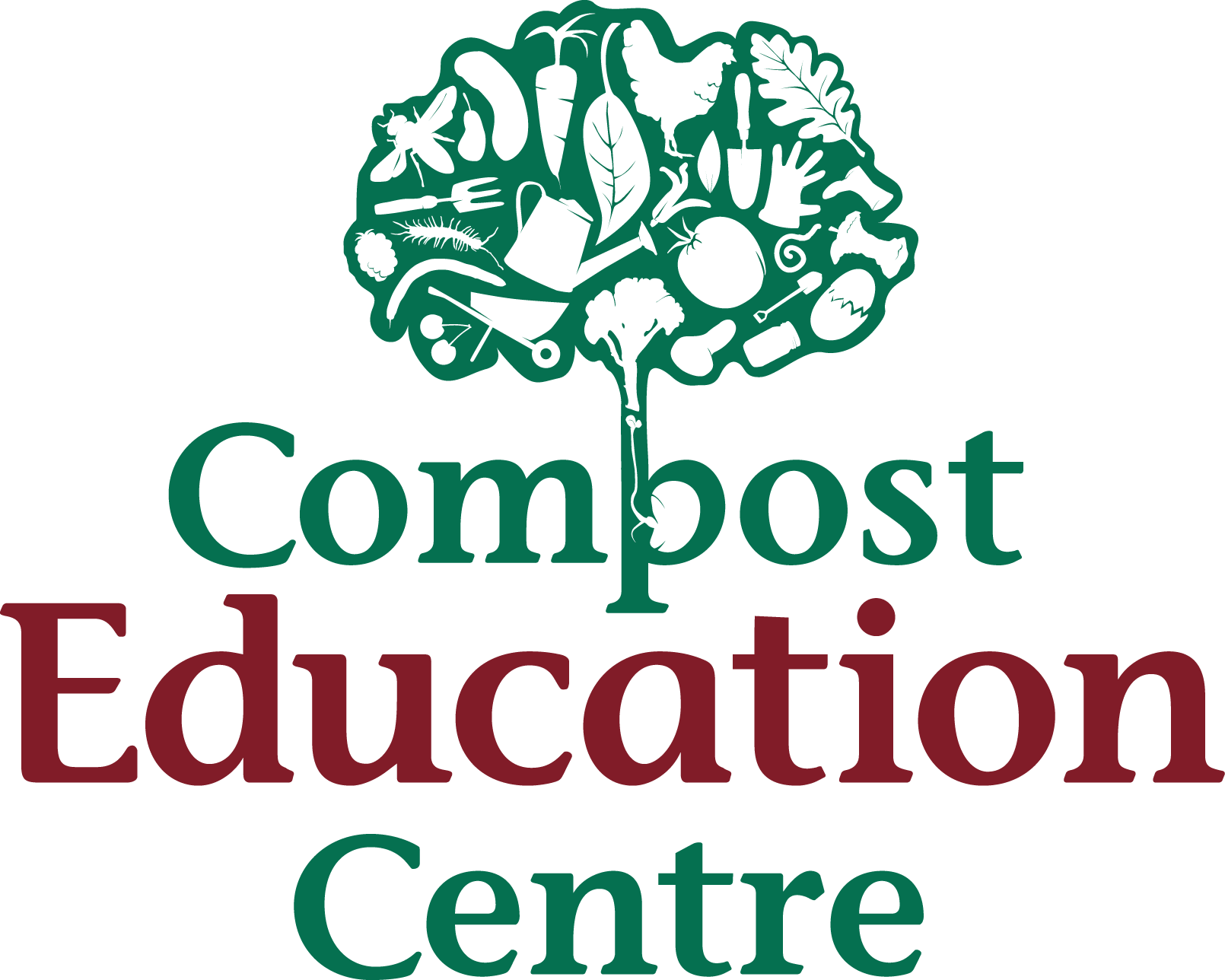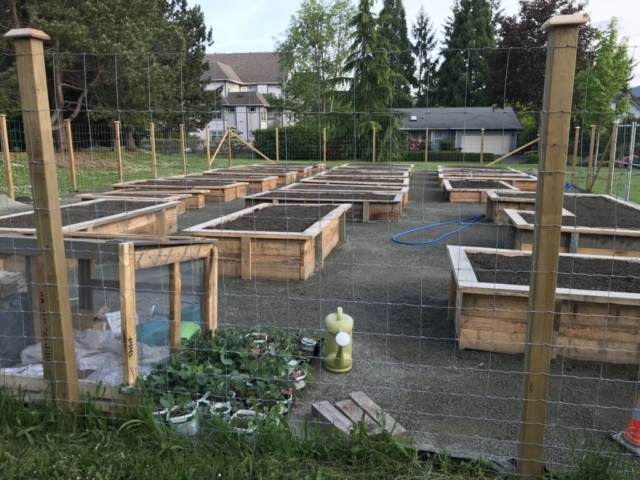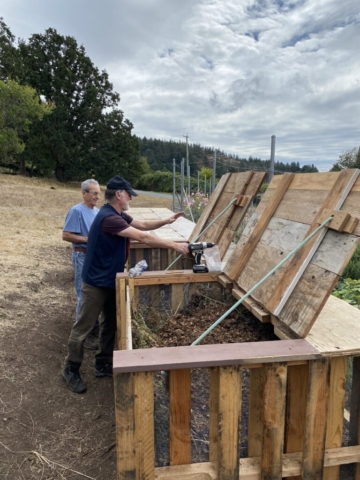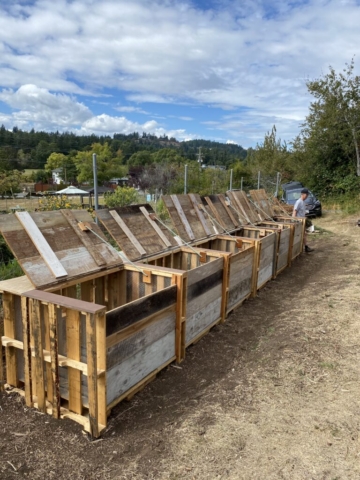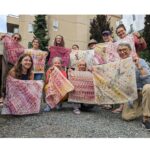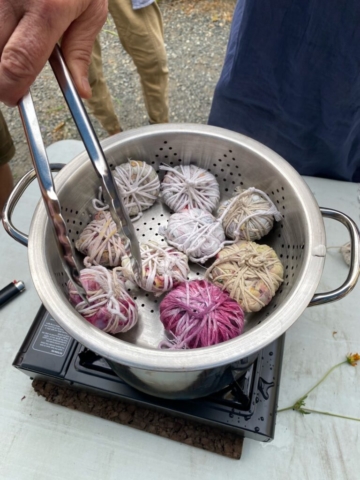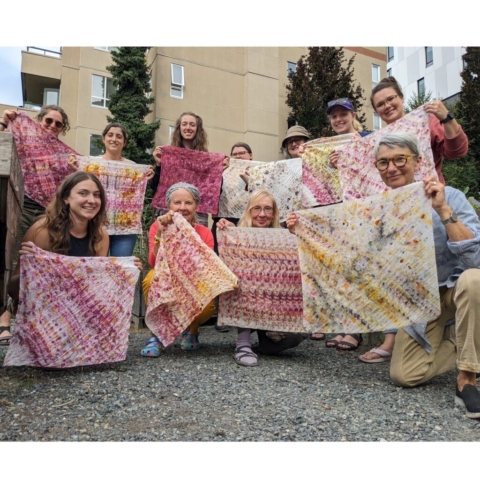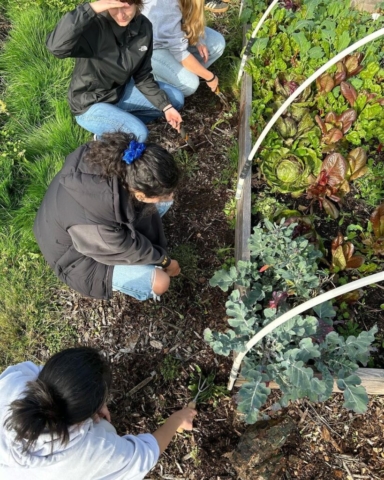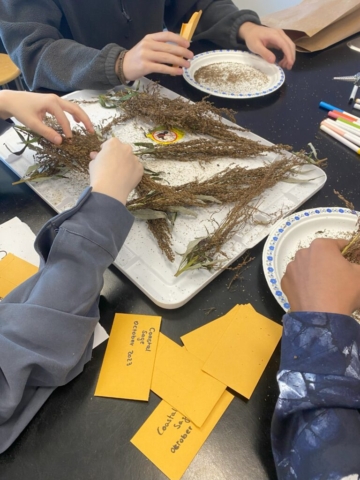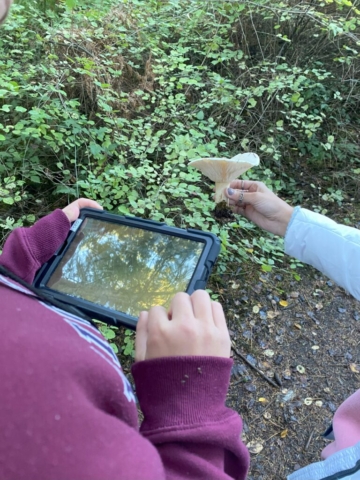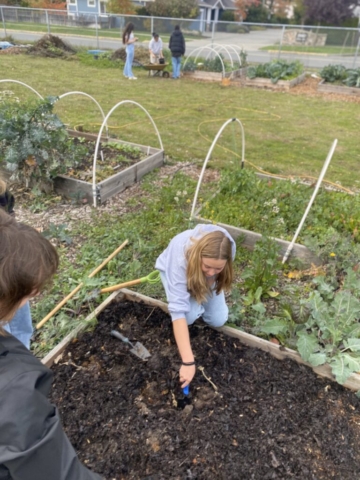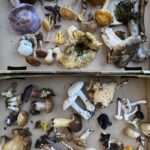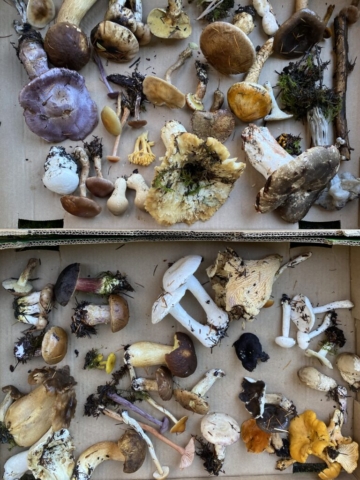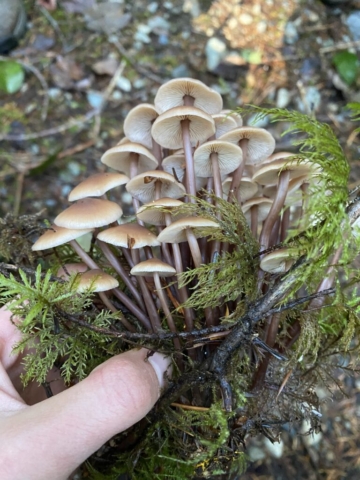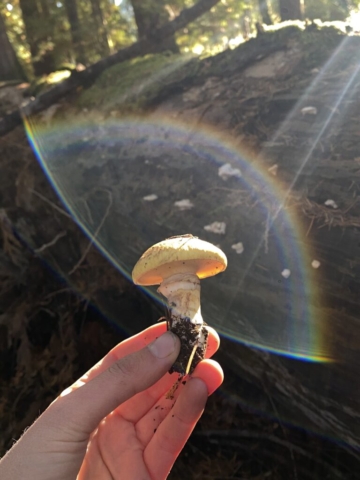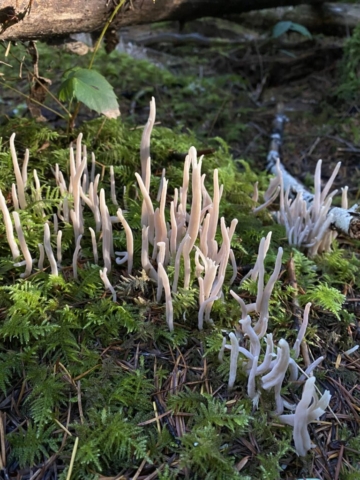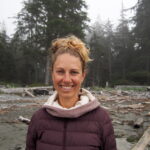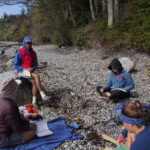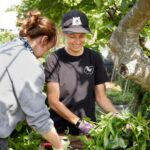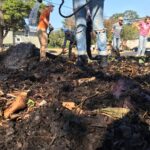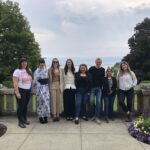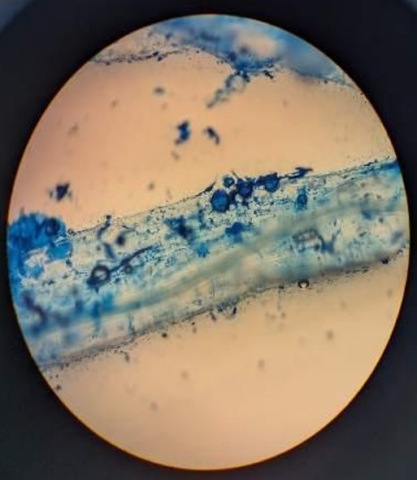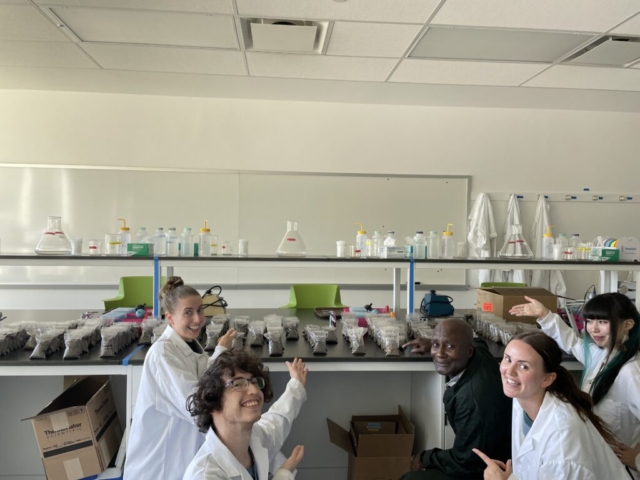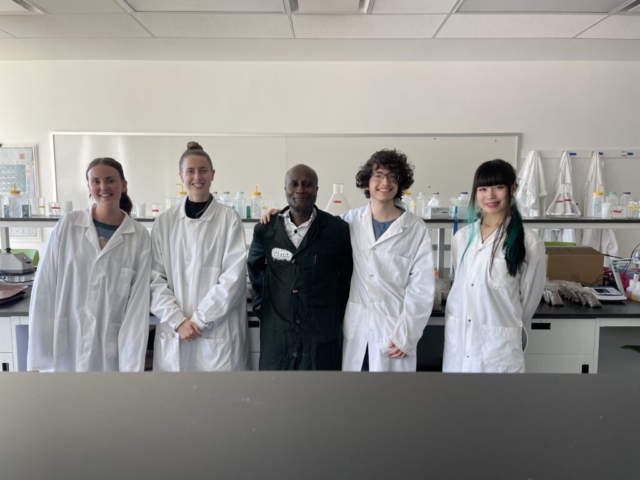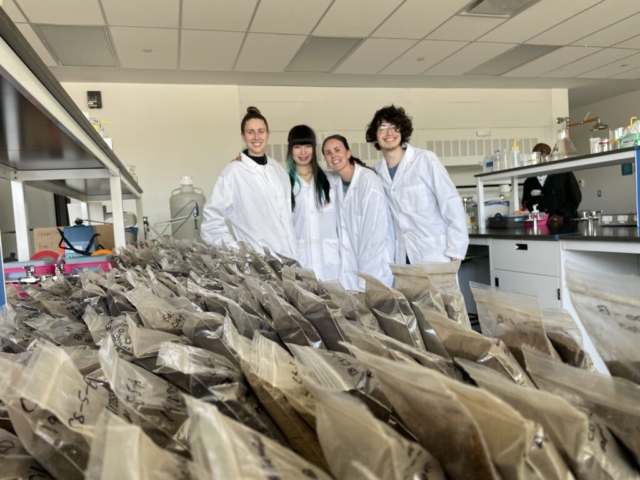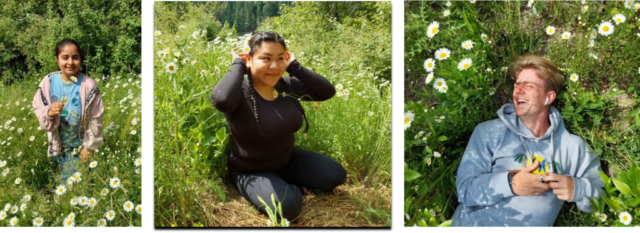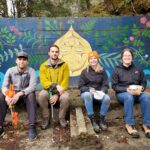Collaboration Spotlight: ReWood and the Compost Education Centre
January 6, 2024

ReWood is a volunteer-led social enterprise that aims to give old wood a second life by liberating lumber from building sites before it is transferred to the landfill. We have assembled a small but mighty volunteer team with the time, skills, and energy needed to design and custom-build strong and durable wooden infrastructure products for use in community gardens, small urban farms, nurseries, and related social enterprises.
We connected with the Compost Education Centre in November. Within a week of our initial meeting, we were already at work: we delivered over 70-feet of freshly salvaged 2x4s for use in building support stands for the CEC’s in-classroom worm compost bins. We hope to collaborate further on projects of mutual interest where we can contribute to each other’s success.
Two Challenges, One Solution
Through a FED Urban Agriculture-sponsored research project, Community Garden Guide, ReWood’s founders found many challenges confronting the establishment of community gardens. A key challenge was the ability to design, fund and build solid, common infrastructure like garden boxes, compost bins, and fencing. We found that wood costs alone accounted for roughly 25% of the build budget of the new Central Saanich Community Garden (CSCG).
At the same time, we were watching the demolishing of more and more residential properties in our neighbourhoods. Recent data from the Capital Regional District (CRD) estimate that unsorted wood accounts for almost 20% of total landfill-destined waste!
We saw two challenges that could be solved with one solution. Last year, we worked with the CRD and individual contractors to salvage wood from local demolitions including from the Capital Regional Housing Corporation project occurring adjacent to the Compost Education Centre’s site at 1216 North Park St. We diverted wood from the landfill to build garden boxes and compost bins designed by our volunteer team.
Waste Diversion Collaboration
Both ReWood and the CEC are grateful to be supported by the CRD’s Rethink Waste Grant. ReWood aims to divert wood from the landfill through direct projects, and the CEC seeks to divert organics from the landfill through education and research. It was awesome to find an opportunity to support our mutual goals. We’re interested in more future collaboration!
By Stuart Culbertson, volunteer lead at ReWood
Interested in getting involved? Contact us at rewoodvic@gmail.com if you would like more information about donating salvaged wood or sourcing reclaimed wood for a community garden or urban farm.
Posted in Uncategorized
